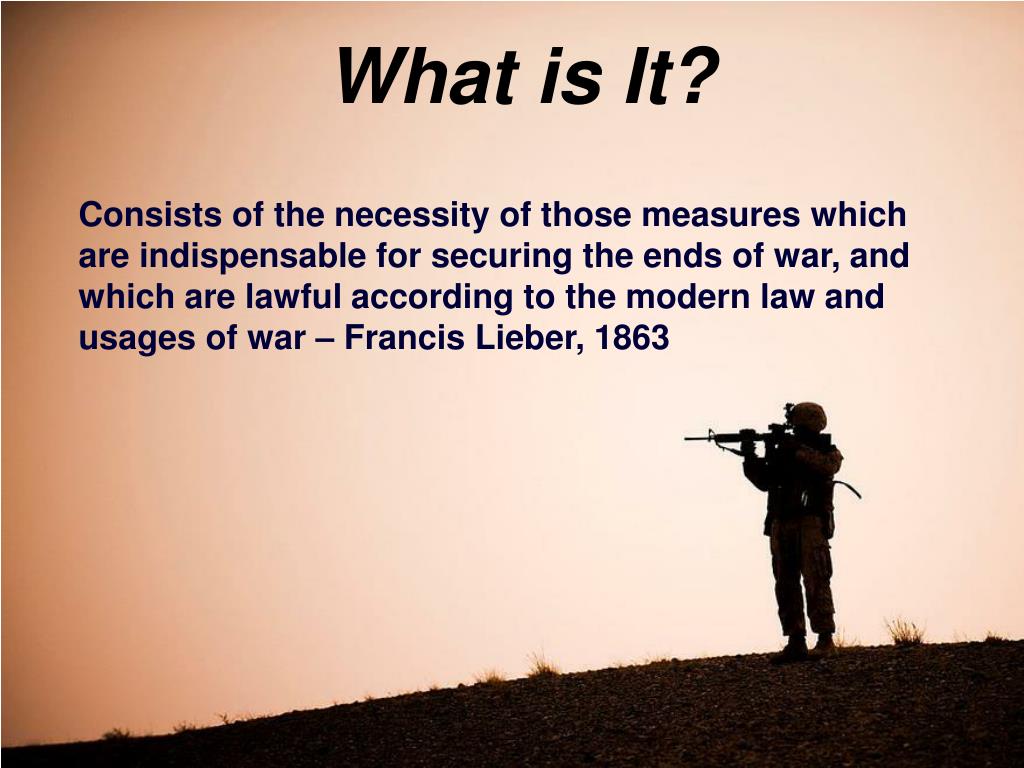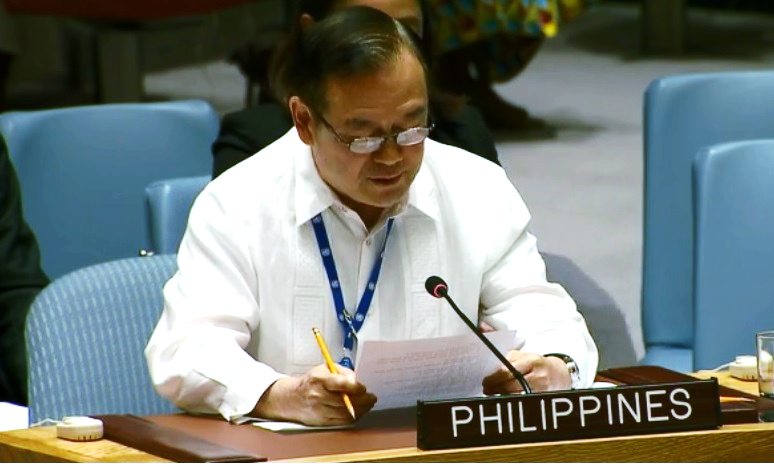


The protection of children cannot be ensured by increasing their self-sufficiency, as is the case with adults. Their specific vulnerability puts them at higher risk to be deprived of basic needs such as food, water, and medical attention and otherwise abused. Instead, relief actions should seek to restore or reinforce a minimum legal framework of protection and family capacity.Ĭhildren make up 40 percent of the civilian victims in conflicts and over 50 percent of the refugees and internally displaced persons. Such actions should not take place in a legal vacuum that risks increasing children’s vulnerability to different kinds of abuse. In such situations, UNICEF and nongovernmental humanitarian actors play an important role in elaborating concrete relief actions. International and national law devotes part of its guarantees to protecting children’s regular development, within the context of family and society.Ĭhildren are greatly affected by situations of conflict, as well as situations of extreme poverty that frustrate many governments’ social programs. A child is an individual who has specific needs so as to be able to develop normally, both physically and mentally. The child’s protection must be provided by the family or, in the absence of a family, by society. The protection and defense of children’s interests are therefore entrusted by law first and foremost to their parents and relatives and, in case of failure by them, to social and judicial services. A child is a person who does not have an individual legal personality (meaning he or she is not recognized as an independent person before the law).


 0 kommentar(er)
0 kommentar(er)
